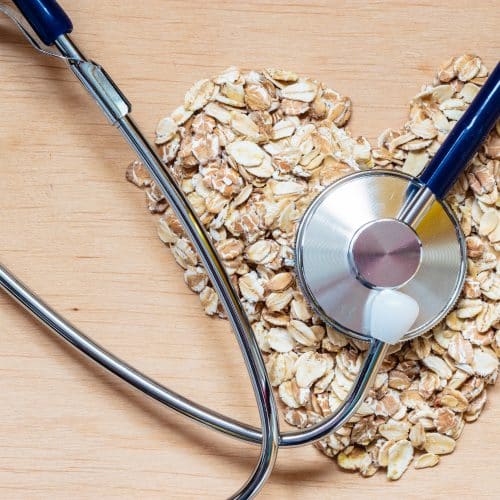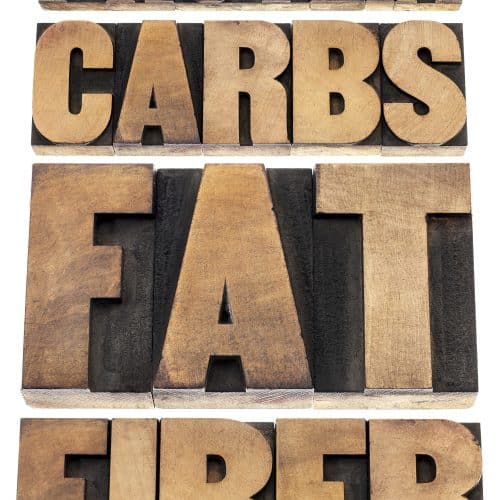Take Fiber to Heart
Most of us have heard we need to add more fiber in our diet. But did you know fiber can help build healthier hearts? Three of fiber’s properties are at the core of heart health: solubility, viscosity and fermentability.
Solubility
The ability of fiber molecules to dissolve in water is called solubility. Soluble fiber dissolves in water compared to insoluble fiber, which separates from water when mixed together. Both types play an important part in heart health.
Soluble fiber in the diet helps decrease cholesterol. Evidence suggests that soluble fiber traps bile salts in the gut so they can be eliminated rather than being recycled through the body. The body then uses cholesterol from your bloodstream to make new bile salts, thus reducing blood cholesterol. Bile salts help with the digestion of lipids by making dietary fats more accessible to digestive enzymes.
Viscosity
Insoluble fiber in the diet has higher viscosity, or thickness. Since it does not dissolve in water and remains intact through the colon (or large intestine), insoluble fiber can help you feel full and satisfied (discouraging overeating) while keeping your bowel movements regular. When you keep an eye on your weight, you decrease the risk of cardiovascular disease that can come from being overweight.
Fermentability
A healthy environment in the stomach, or gut, is important to build and maintain. Both soluble and insoluble fiber moves along the gastrointestinal (GI) tract into the colon where bacteria ferment the fiber into short chain fatty acids (SCFAs) — fuel for intestinal cells and bacteria for the colon. Fibers with low fermentability provide bulk to the stool, which is associated with a boost in colon health and regularity. Fibers with high fermentability produce SCFAs that can reduce the amount of cholesterol in the liver.
Together, both insoluble and soluble fibers can help reduce the risk of cardiovascular disease. Examples of soluble fibers include beta-glucan, inulin, polydextrose, and soluble corn fiber while common sources of insoluble fibers include the skins and seeds of fruits.
Getting Recommended Fiber per Day
The average American adult should consume 14grams of fiber for every 1,000 calories of food. For an average adult, this means a daily intake of 25g (female) or 38g (male). Many fibers provide some heart healthy benefits. For example, 3 grams of oat bran fiber can reduce blood LDL cholesterol levels significantly when part of a healthy diet. Look for fiber content in food on the Nutrition Facts label.
Boosting Fiber Intake
Here are some surprisingly easy ways to increase your fiber intake.
- Start off with a breakfast that’s high in fiber by choosing a cereal or yogurt that is high in fiber. Some smoothies and some juices can also be a great tasting source of fiber.
- Add avocado to a sandwich made with high fiber bread.
- If you are looking for a snack, consider eating some hummus and vegetable sticks or a granola bar that’s high in fiber.
- Consider adding high fiber seeds, nuts, or grains to your salad to help keep you full and increase your fiber intake.
- Keep the peel on your fruits and veggies like apples, cucumbers, eggplants and potatoes. These skins provide a few extra grams of fiber.





